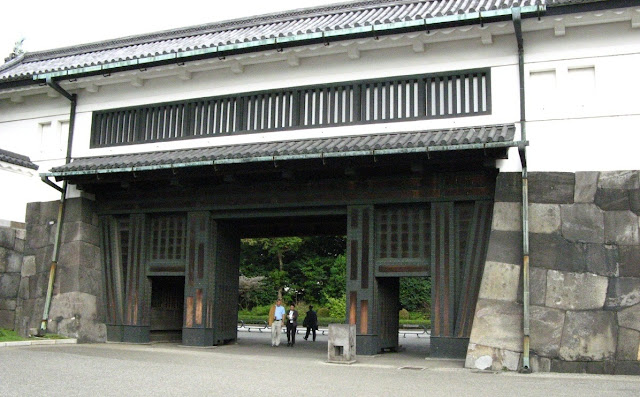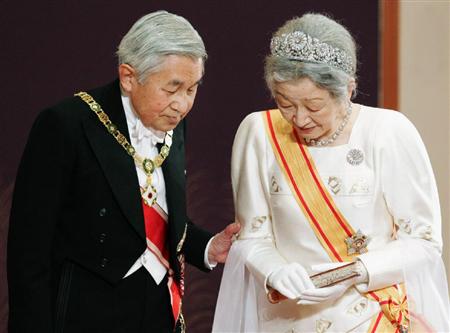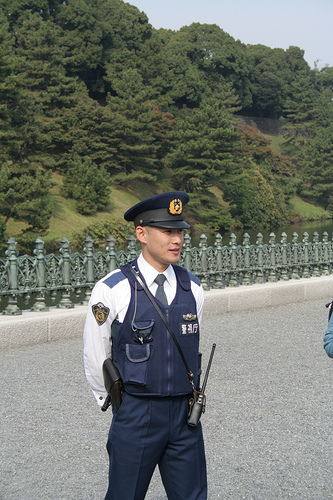The Imperial Palace in Tokyo is exclusively the residence of Their Majesties the Emperor and Empress of Japan in the Emperor’s function as Head of State and the Empress in her support role as his wife.
The role of the Emperor is to formalise laws, which Parliament has decreed, and to attend official functions as the Government requests. The Empress is the patron of many charitable organisations, thus supporting the Emperor in his function as the Symbol of the Nation, the People of Japan.
The throne is referred to as the Chrysanthemum Throne. Both Emperor and Empress lead an intensely private life and any public duties are carefully organised so as to maintain dignity and respect between the Imperial Family and the people, while being dutiful in their relationship with the People and Parliament.
It is the Prime Minister who has the overall responsibility for the governing of the country on the instructions of and the policies set by Parliament.
The Japanese Parliament is referred to as the Diet. The palace is located in the heart of Tokyo in the beautiful Chiyoda district. It is not far from the business centre of Tokyo, Marunouchi. As you can see from the sky photo, the palace is a green enclave in a metropolitan city.
Imperial Palace (Tokyo) 皇居 こうきょ kōkyo
Imperial Palace (Tokyo) 皇居 こうきょ kōkyo
This word refers only to the palace in Tokyo.
The correct word for ‘palace’ is 宮殿 きゅうでん kyūden
The President of Afghanistan confers with His Majesty.
A foreign ambassador makes his presentation to offer his credentials at the Imperial Palace. His Majesty sends either a traditional coach or a limousine.
Imperial Palace (Tokyo) 皇居 こうきょ kōkyo

Emperor’s Birthday 23rd December
Imperial Palace (Tokyo) 皇居 こうきょ kōkyo
Imperial Palace (Tokyo) 皇居 こうきょ kōkyo
More information on the palace:
(Check the subway map, but there are different lines to reach the palace.)
















































































































































































